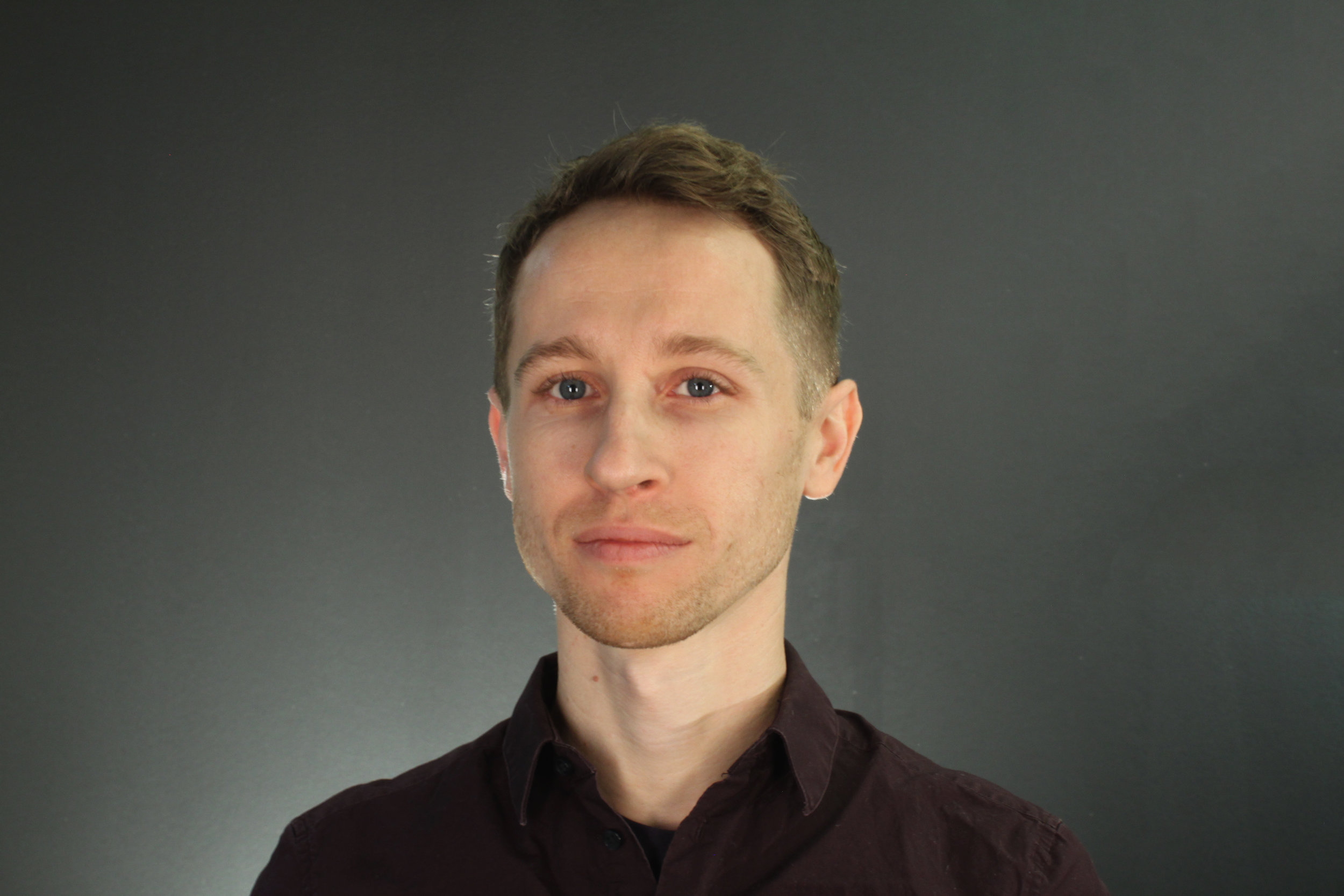Extended Bio
Head of R&D, Tulco Labs, 2018
Presidential Innovation Fellow,
The White House, 2016
Robotics Innovation, France 2015
Data Collection, Ethiopia 2014
Urban Planning, Afghanistan 2011
Summary
Mitchell is an interdisciplinary musician and innovation executive. Over 15 years, he has transformed lives across 6 continents through his work in technology for finance, security, and economics. An expert in the field artificial intelligence products, Mitchell fuses data science and design methods to develop new products, organizations, and musical compositions to touch people’s lives and effect observable change in the world.
Full Bio
Mitchell specializes in translating emerging technologies and design methods into positive social and organizational outcomes. His work has improved living conditions in refugee camps, reduced poverty in urban slums, and transformed conflict cities. Selected publications from this work are available here.
As an appointed White House Presidential Innovation Fellow, Mitchell aided the Obama administration, supplied much needed expertise and actions to entrenched government problems. Those works included service design for Veterans Affairs, and Enterprise Architecture and Software Design for the Environmental Protection Agency. His primary focus was to improve government transparency by working with the National Security Council, to deepen and broadly scale the President Obama's first executive memorandum from January 21, 2009 on countering the culture of over-classification. Via the design and deployment of machine assisted declassification processes, this work impacted the declassification of billions of records with the conclusion of the Obama administration.
While pursuing doctoral research at Carnegie Mellon University in 2015, he cofounded the company Symkala, which applied robotics technologies in computer vision to unstructured information with proprietary UI and workflow design to drive a new direction in geospatial information systems (GIS).
Previously, 2006-2013, he built the data sciences consultancy SSR+D to provide international agencies throughout Africa, Middle East, and Afghanistan with new capabilities for urban research and computational analysis to guide strategic interventions. SSR+D provided clients with high quality data analysis for dangerous and complex environments including insecure regions, contentious borders, and cities in conflict.
SSR+D assisted the government of Somalia from 2011-2014 on conflict stabilization and urban reconstruction and pioneered the design of local informatics for the improved security and economic development of Mogadishu. Mitchell continues to provide innovation consulting services to governments, multilateral organizations, INGOs, NGOs, and global corporations.
In 2020 Mitchell completed a PhD at Carnegie Mellon University while also providing product support to the US Government. His thesis focussed explored how changes in process and organizational design for technology firms can impact the threat of disinformation in machine learning products. Today Mitchell channels this research into the development of novel security methods for machine learning algorithms. Since that time, Mitchell has developed and enabled new AI solutions for improved goverance in collaboration with various government agencies such as The Defense Advanced Research Projects Agency (DARPA), the US Air Force (USAF), and the Transportation Security Administration (TSA). He contributes to US government policies concerning AI safety and Ethics such as the National Institute of Standards and Technology and global-scale assessments by The United Nations.
You can also find Mitchell's work in publications by the American Planning Association, the Urban Land Institute, and NASA on the integration of UAVs and autonomous cars in cities. His work is regularly featured in a variety of outlets including WIRED, Popular Science, and Gizmodo and he has spoken widely at venues including MIT MediaLab, Harvard Center for Geographic Analysis, Columbia Earth Institute, George Washington University, the American Geography Society, and at Oxford University.




